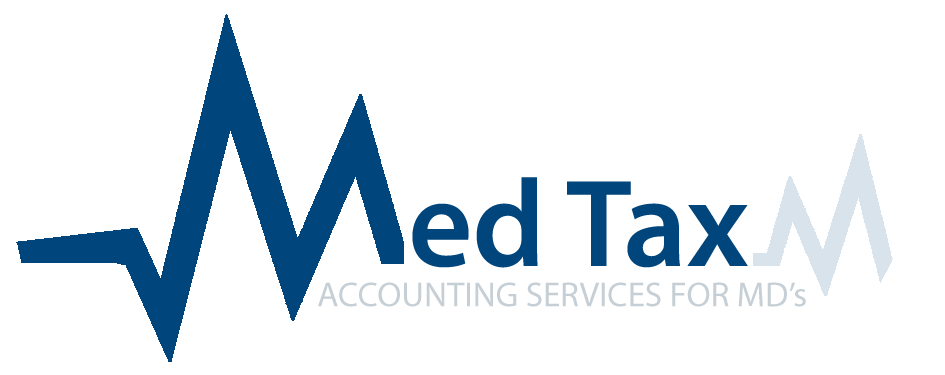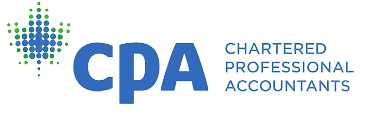We are half-way into the year, and like other business owners, if you are a physician who runs a medical practice, you may have plans to expand your business, ie. equipment purchases, new hires. What impact will your plans have on your cash flow? Will you require financing, and if so, how much will it cost?
We have a few tips and suggestions you should follow throughout your company’s yearly financial planning process.
First off, did you overlook your financial estimates?
A startling amount of business owners fail to make financial estimates and the end consequence might be major, unanticipated trouble. Making annual cash flow and other financial estimates is a critical tool for keeping your company healthy and growing in a sustainable way.
Let’s get into some suggestions on how to make financial projections from our financial experts.
Where to begin with financial projections
- Make a calendar for the year.
First, consider what you want to achieve in the next 12 months. This should be based on your company’s strategic plan.
Start calculating your yearly expenses and considering the additional costs you will pay to implement your company plan after you have a clear understanding of what you want to achieve. These costs should be added to the day-to-day costs of running your business, such as:
- Payroll
- Rent
- Utilities
- Interest
- Loan repayments
Also, keep in mind any anticipated large-ticket purchases, such as new office equipment, a website redesign, or computer upgrades for your medical practice.
Next, calculate your yearly sales billings and consider how your choices would affect your cash flow prediction. Make sure you analyse your credit policy as well as when your consumers pay in order to guarantee your company has adequate cash throughout the year.
- Make forecasts
Prepare these three documents based on your previous experience and your plans for the future year.
- An anticipated income (profit-and-loss) statement—revenues, costs, expenses, taxes, and so on.
- Assets, liabilities, and equity in a forecasted balance sheet.
- Accounts receivable, accounts payable, investments, loans, and other monthly cash-flow predictions
It’s beneficial to have a variety of anticipated scenarios (optimistic, most probable, and pessimistic) so you can better anticipate the impact of each.
- Make financial arrangements
Determine your funding needs for the following year using your predictions and discuss them with your bankers and other financial partners.
It’s a good idea to set up any essential credit lines or company loans at the start of the year. Working out your finances ahead of time increases your chances of acceptance and helps you receive the greatest deal.
Also, avoid the usual blunder of using your operating capital to fund long-term capital projects, since you may find yourself in a liquidity constraint. For such projects, long-term finance is preferable.
- Keep an eye on things and make adjustments as needed
Finally, compare your estimates to the actual figures each month to determine if you’re on track. Variances in your data might reveal issue spots in your company. Each quarter, take a deeper look. Make any necessary adjustments to your operations or planning changes.
- Seek assistance
Consider hiring outside expertise to create your financial predictions and track your success throughout the year, depending on your in-house resources.
It’s never too late to make financial improvements. Let’s get started preparing together by contacting one of our experts at Medtax.ca here!







